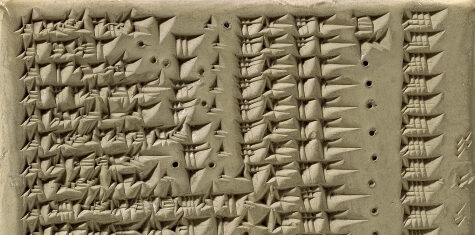The Ziqpu-stars and Cuneiform Knowledge: Meaning, Applications, Contexts
Gil Breger
Near Eastern Studies
UC Berkeley
This dissertation focuses on a group of stars called ziqpu, found in primary sources from first millennium BCE Mesopotamia. The research lies at the crossroads between traditional philological research and the history and philosophy of science. By examining all pertinent primary sources, drawn from disparate textual genres such as astronomical treatises, rituals, and even letters, it sheds light on the interaction and interconnection between different types of texts, reflecting on the way we classify texts. The project draws upon unpublished texts from the British Museum, thus encompassing all extant sources. The research also focuses on the cultural and social contexts of Babylonian astronomy, thus contextualizing the production of texts utilizing the ziqpu stars. It explores how astronomical knowledge was produced, the position this knowledge held in ancient society, and the motivations and goals behind its production. This also leads to a consideration of the epistemic nature of this knowledge. The dissertation examines the relationship between astronomical knowledge, particularly one that involves these stars, and ways of describing, organizing, and engaging with the physical world that are markedly different than our own, thus allowing us to reflect on our own deep-rooted modern assumptions.

